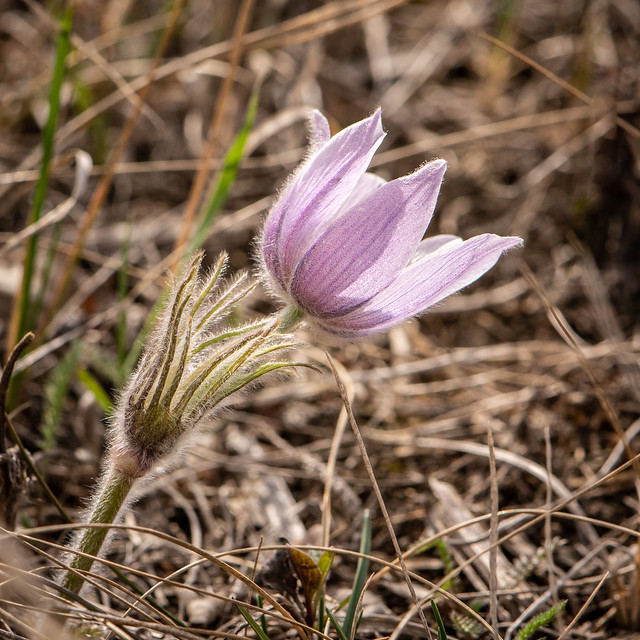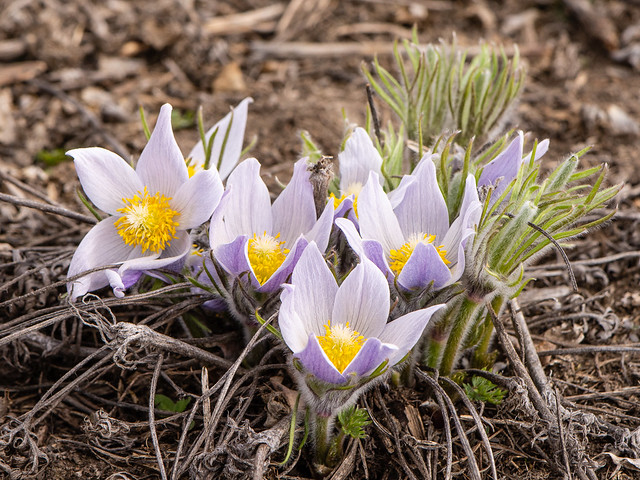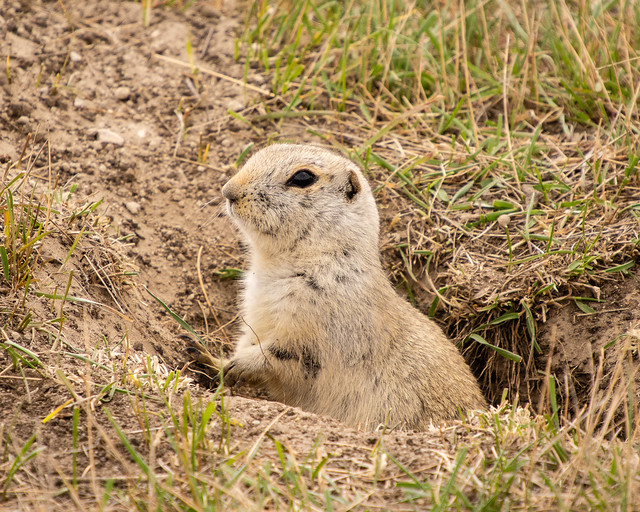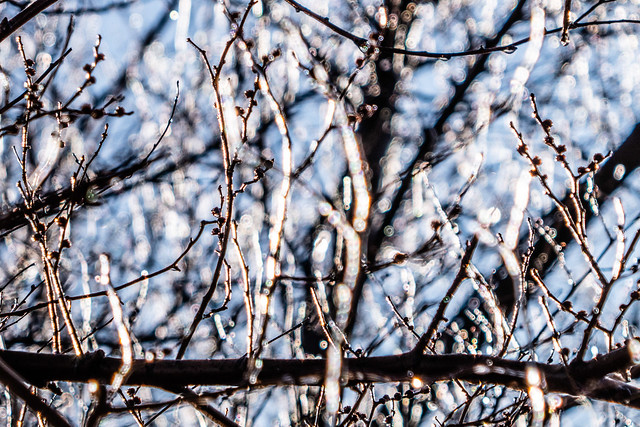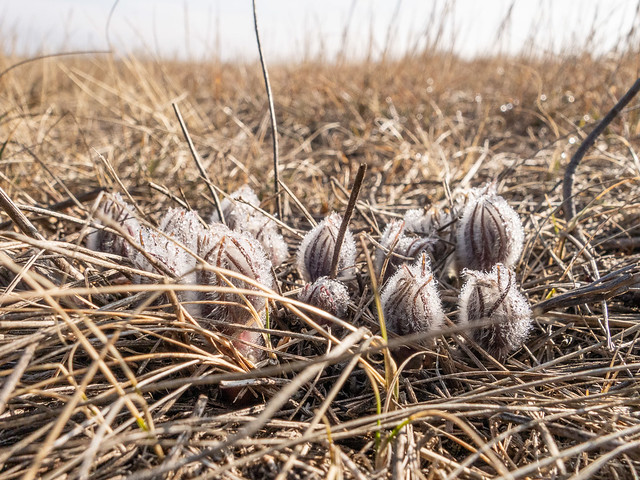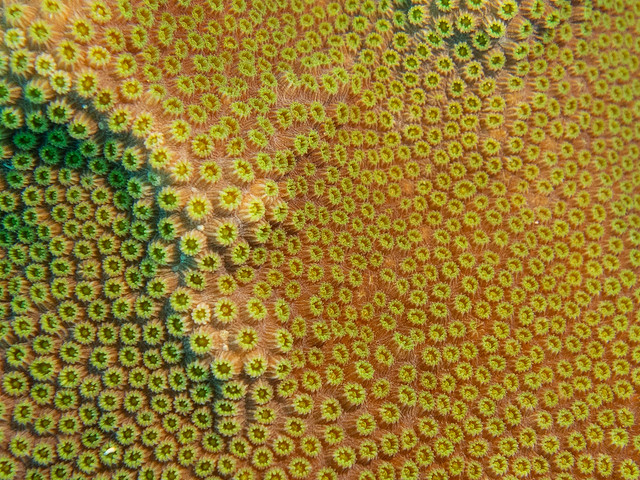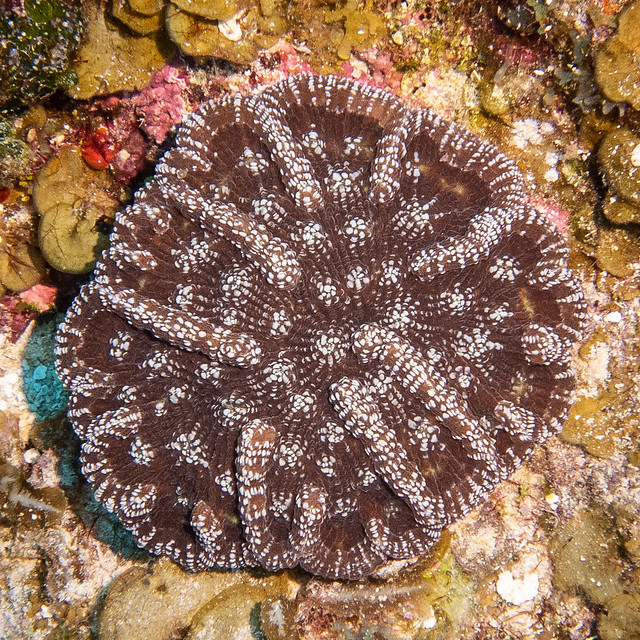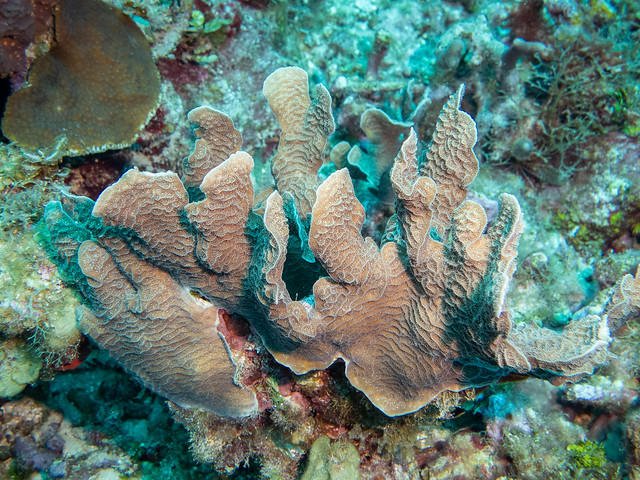Finally, the last batch of diving photos from Belize.
We saw spotted eagle rays a few times. They are such graceful animals as they "fly" through the water. Faces only a mother could love, though :-)


Southern stingrays were more common. I think the fish follow them in hopes of getting food that they stir up from the sand.
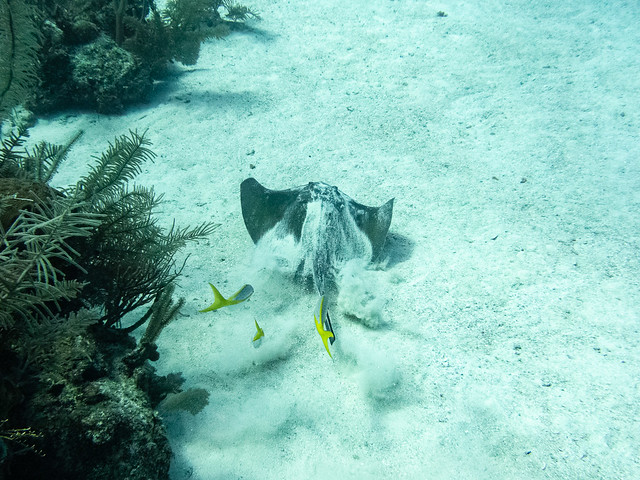
Despite local lobster fishing, there were still quite a few around. They are the most bizarre creatures when you look at them close up.

The Channel clinging crabs were a little harder to find. They got quite large, maybe 8 inches across the body and an arm/claw span of 2 feet or so.

We always like to look inside the sponges. Usually there's nothing, but occasionally you get a surprise, like this Channel clinging crab in a big barrel sponge:
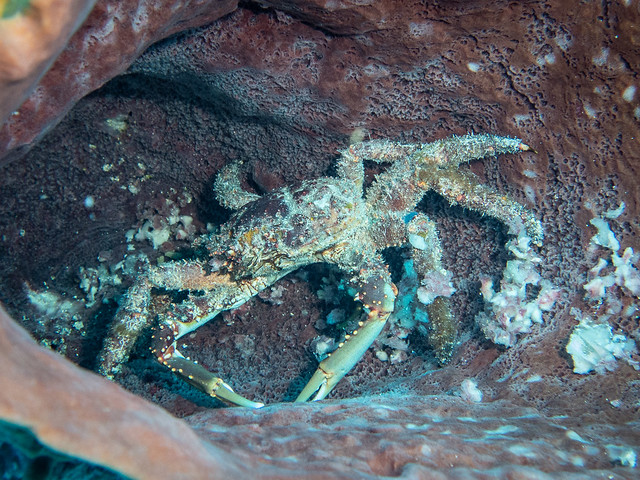
Usually all you see of the moray eels is their heads sticking out of holes. But occasionally they are out swimming around (hunting?) like this one.

It seemed curious and started swimming towards me. At first I was happy to get a closer view, but it kept coming closer and closer. I held my camera out in front of me and it bumped right into the lens! Perhaps it could see its reflection? After that it took off. They seldom attack people but they have an impressive mouthful of teeth. As well as the usual green moray eels we also saw quite a few spotted. They were usually smaller.

There weren't a lot of sharks around. We saw a few nurse and reef sharks. A lot of divers want to see sharks more than anything else. I can't quite understand it. They're just big fish, and not very colorful!

My favorites are the sea turtles. The first few days we didn't see any, and I was a bit disappointed, but our luck changed and we saw quite a few in the end. Including a few curious ones that didn't just disappear into the distance.


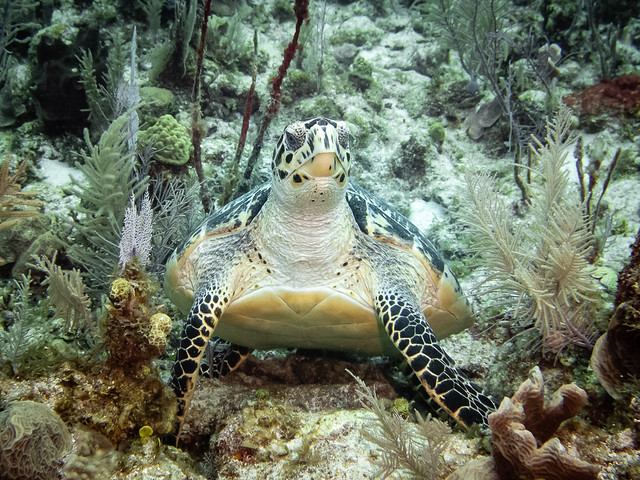
See all 35 photos in this album
We saw spotted eagle rays a few times. They are such graceful animals as they "fly" through the water. Faces only a mother could love, though :-)


Southern stingrays were more common. I think the fish follow them in hopes of getting food that they stir up from the sand.

Despite local lobster fishing, there were still quite a few around. They are the most bizarre creatures when you look at them close up.

The Channel clinging crabs were a little harder to find. They got quite large, maybe 8 inches across the body and an arm/claw span of 2 feet or so.

We always like to look inside the sponges. Usually there's nothing, but occasionally you get a surprise, like this Channel clinging crab in a big barrel sponge:

Usually all you see of the moray eels is their heads sticking out of holes. But occasionally they are out swimming around (hunting?) like this one.

It seemed curious and started swimming towards me. At first I was happy to get a closer view, but it kept coming closer and closer. I held my camera out in front of me and it bumped right into the lens! Perhaps it could see its reflection? After that it took off. They seldom attack people but they have an impressive mouthful of teeth. As well as the usual green moray eels we also saw quite a few spotted. They were usually smaller.

There weren't a lot of sharks around. We saw a few nurse and reef sharks. A lot of divers want to see sharks more than anything else. I can't quite understand it. They're just big fish, and not very colorful!

My favorites are the sea turtles. The first few days we didn't see any, and I was a bit disappointed, but our luck changed and we saw quite a few in the end. Including a few curious ones that didn't just disappear into the distance.



See all 35 photos in this album


